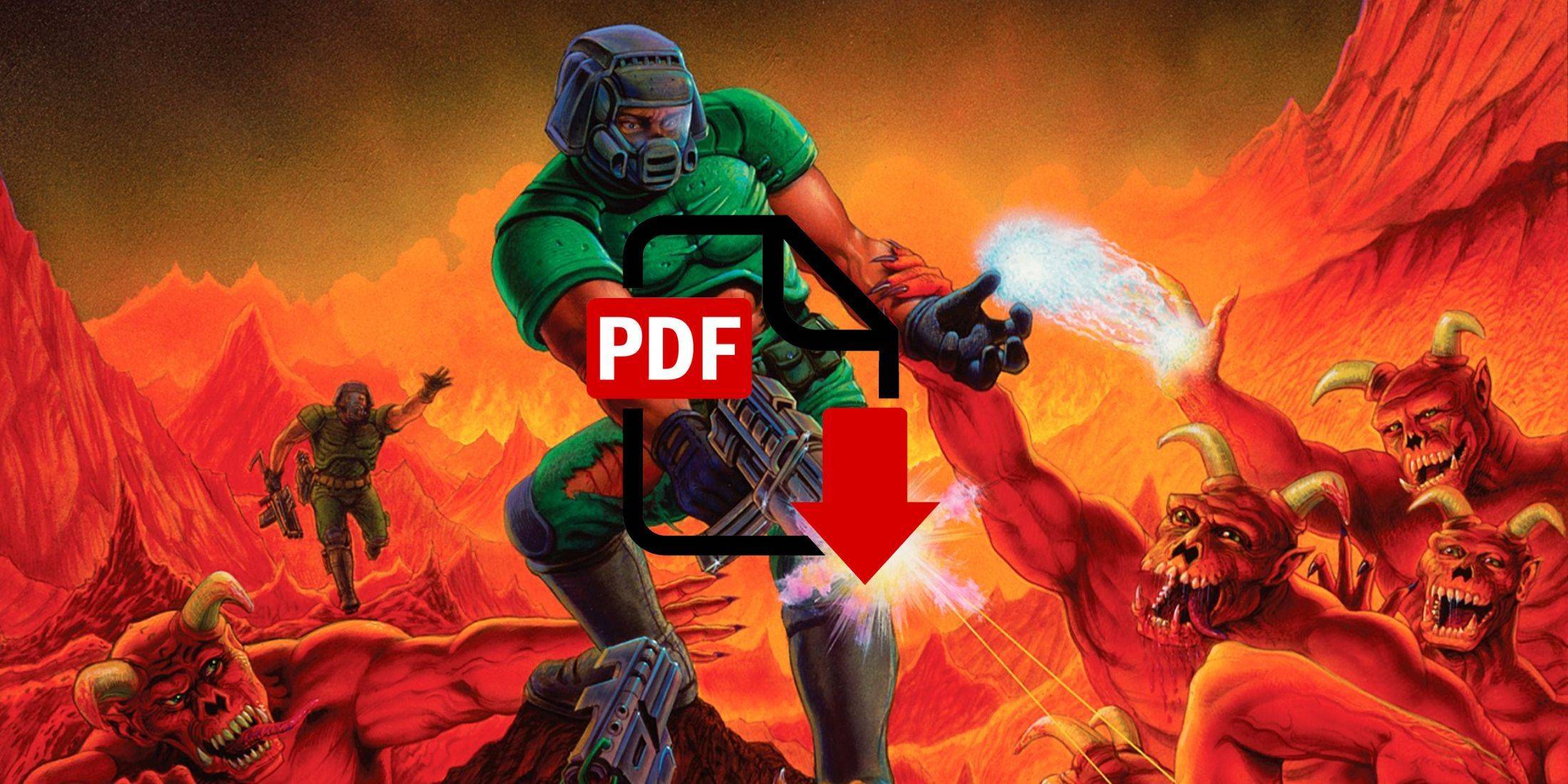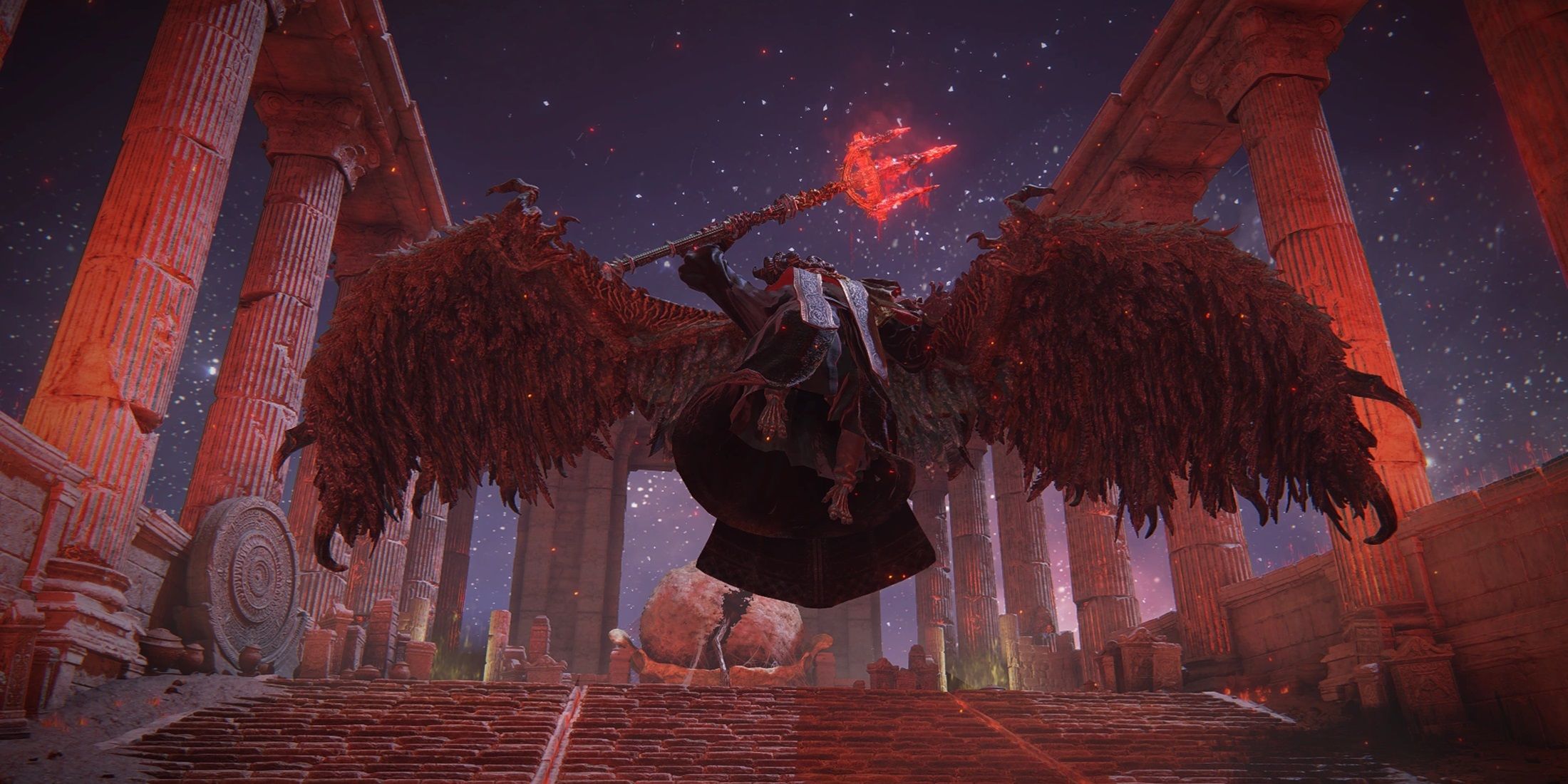
Doom's Unlikely New Home: A PDF File
A high school student has achieved the seemingly impossible: porting the iconic 1993 first-person shooter, Doom, to a PDF file. While the resulting experience is undeniably slow, it remains playable, adding another bizarre entry to Doom's long and storied history of unconventional platforms.
Doom's compact size (a mere 2.39 megabytes) has always been a key factor in its adaptability. This has led to numerous creative ports over the years, from refrigerator displays to alarm clocks. The game's influence on the FPS genre is undeniable; for many years, similar games were simply categorized as "Doom clones." This latest feat continues this trend of pushing the boundaries of where Doom can be played.
GitHub user ading2210, the ingenious high school student behind this project, leveraged the PDF format's JavaScript capabilities. While PDFs can support 3D rendering and HTTP requests, the low resolution of the original Doom (320x200) presented a challenge. Instead of using individual text boxes for each pixel (which would be impractical), ading2210 cleverly employed one text box per screen row, resulting in a playable, albeit sluggish, experience. The resulting video showcases the game's monochrome visuals, absence of sound and text, and a frame rate of approximately 80ms.
Doom's Enduring Legacy
Recent examples of Doom's remarkable portability include a port to the Nintendo Alarmo (using its dials and buttons for control) and even within the game Balandro. These projects, including the PDF version, aren't about optimal performance; they're testaments to the game's enduring appeal and the boundless creativity of its community. Over three decades after its release, Doom continues to inspire innovation, proving its lasting legacy and suggesting that even more unexpected platforms will host the game in the future.

 Latest Downloads
Latest Downloads
 Downlaod
Downlaod




 Top News
Top News









